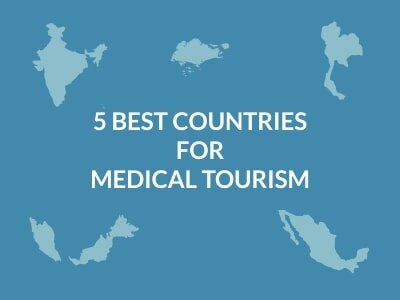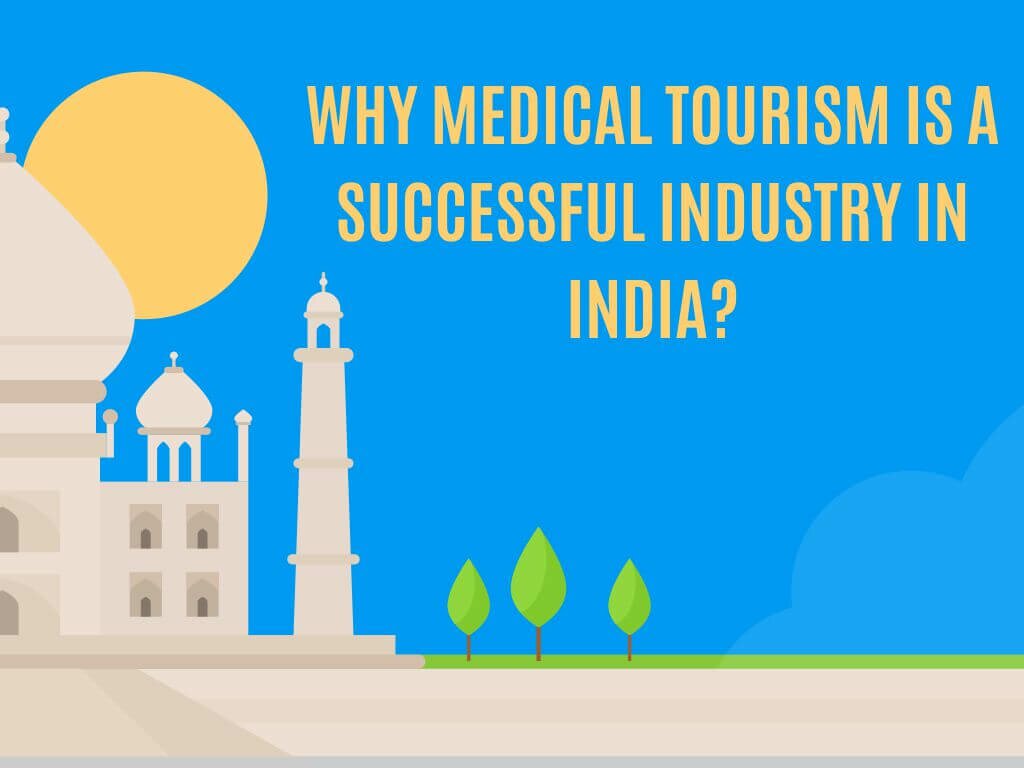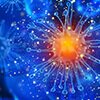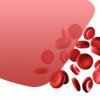The Secret Of Stem Cell Therapy

What is Stem cell therapy
A recent news reported scientists restoring the vision of two British patients by inserting a patch of embryonic stem cells to repair the damaged retina. The patients were reported to have age-related macular degeneration. More research is still required to confirm the treatment’s effectiveness. Nevertheless, the success of the procedure thus far is an indication of the effectiveness of the treatment administered. Another news reported a first ‘off-the-shelf’ cancer immunotherapy clinical trial underway in the United States. Researchers are testing a stem-cell derived natural killer cell immunotherapy. The trial stands out in that, it is the first trial in the US to use cells derived from induced Pluripotent stem cells (iPSC). The above are just two of the various applications of stem cell therapies. The world over, advanced trials are being undertaken to treat spinal cord injury, heart failure, diabetes, Parkinson’s disease and lung cancer using stem cell therapy. The therapy’s most common application thus far was treating blood-related disorders only. However, the world is now set to witness a revolution in the medical field. Increasingly new applications of stem cell-based therapy are beginning to emerge.
So what are these stem cells? Why is this field of medicine so important?
Stem cells are undifferentiated or blank human cells and are the foundation for every organ and tissue of the human body. They are the body’s raw materials from which all other cells with specialized functions are generated. They can also divide in self-renewal to produce more of the same type of stem cells. In some cases, they can even repair damaged tissues. Owing to this distinctive feature, stem cells play a huge role in the body’s healing process. Stem cells have begun to be used as therapy. A lot of stem cell research is ongoing to find cures for dreaded diseases. Considerable breakthrough has already been made in harnessing the power of stem cell therapy.
Earlier, a stem cell transplant was called a bone marrow transplant as the stem cells were collected from the bone marrow. Nowadays, they are collected from blood and thus came to be known as stem cell transplants.
There is growing interest in stem cells owing to the possibility of:
Understanding how diseases occur
Generating healthy cells to replace diseased cells
Testing new drugs for safety and effectiveness
Stem cells are primarily sourced from:
Embryonic Stem Cells
Adult Stem Cells
Induced Pluripotent Stem Cells (iPSC) and
Perinatal Stem Cells
A stem cell transplant is a complicated and an emotionally draining procedure. It typically comprises of the following steps:
Tests and examinations – To assess the general level of health
Harvesting the stem cells either from one’s own body or from donor
Conditioning – Treatment to prepare one’s body for the transplant
Transplanting the harvested stem cells
Recovery – Time of the transplant to take effect
Given the importance of stem cells in the treatment of diseases, stem cell banking or preservation is the way ahead. A cord blood bank cryogenically preserves the stem cells from the extra blood of the umbilical cord of an infant and placenta post-delivery. With this, genetic, blood-related or oncological disorders can be treated. Thus, in case of contracting any debilitating disease, the treatment is readily available. Such preservation of the cord blood bank in private helps treat ailments within the family. However, it can be donated to a public facility for use by others too.
Stem Cell Therapy Treatments
Stem cell injections: A non-invasive procedure in the treatment of arthritis and tendinopathies is the administering of stem cell injections. Here, stem cells are injected into the area that needs healing. The body then naturally accelerates the healing process, thus repairing the damage. Owing to regenerative properties, healing takes place naturally
Stem cell knee injections: After harvesting adult stem cells from the bone marrow or fat, it is concentrated. Using image guidance, it is then injected into the knee. Stem cell therapy for the knee works by:
Growing into essential cartilage cells
Prohibiting the inflammation that can worsen arthritis
Releasing cytokines, a protein, that slows degeneration of cartilage and reduce pain
Stem cell therapy for back pain: Back and neck pain is often the result of degeneration of intervertebral discs function. The only solution is spinal fusion surgery and replacing the damaged discs with artificial ones. However, with bioengineered intervertebral discs made out of an individual's own stem cells, cure is at hand.
Causes & Symptoms of Stem Cell Therapy
A stem cell transplant is an infusion of healthy stem cells. It is necessitated when one’s bone marrow stops functioning and doesn’t produce enough healthy blood cells. A transplant offers some patients the possibility of a cure and others a longer period of survival. It is necessitated when:
A person is diagnosed with either a malignant or benign type of cancer
The body cannot make the blood cells it needs because the bone marrow or stem cells have failed.
To replace diseased blood cells with healthy stem cells
To replenish lost stem cells due to radiation or chemotherapy
Cost of Treatment
Even as stem cell is an emerging area of treatment, India offers the procedures at very economic rates. A cross-country comparison enables one understand the cost differentials
Stem Cell Therapy : Cross-country Comparison
| Type Stem Cell Therapy | USA | UK | India | Thailand | Singapore |
|---|---|---|---|---|---|
| Adult Stem Cell Therapy | $10,000 | $8,000 | $5,000 | $6,500 | $7,500 |
| Fetal Stem Cell Therapy | $15,000 | $12,000 | $7,000 | $8,800 | $10,500 |
| Cord Blood Stem Cell Therapy | $12,000 | $9,600 | $6,000 | $7,500 | $9,000 |
| Embryonic Stem Cell Therapy | $13,000 | $10,500 | $6,300 | $7,800 | $9,500 |
| Induced Pluripotent Stem Cell Therapy | $16,000 | $13,000 | $7,200 | $9,000 | $11,000 |
Some of the hospitals offering treatment in India are:
Kokilaben Dhirubhai Ambani Hospital, Mumbai
Fortis Healthcare, Multi-state
Dheeraj Bojwani, Consultants, Bangalore
Apollo Hospitals, Multi-state
GNRC Hospitals, Dispur
Conclusion
As a critically acclaimed field, stem cell therapy continues to make rapid strides. The therapy has widespread applications already. While clinical use may be a few years away, nevertheless, stem cells continue to fascinate scientists. Indeed, it is a miracle that a part of the human body helps heal the human body itself. Regenerative medicine is THE future of medicine.















